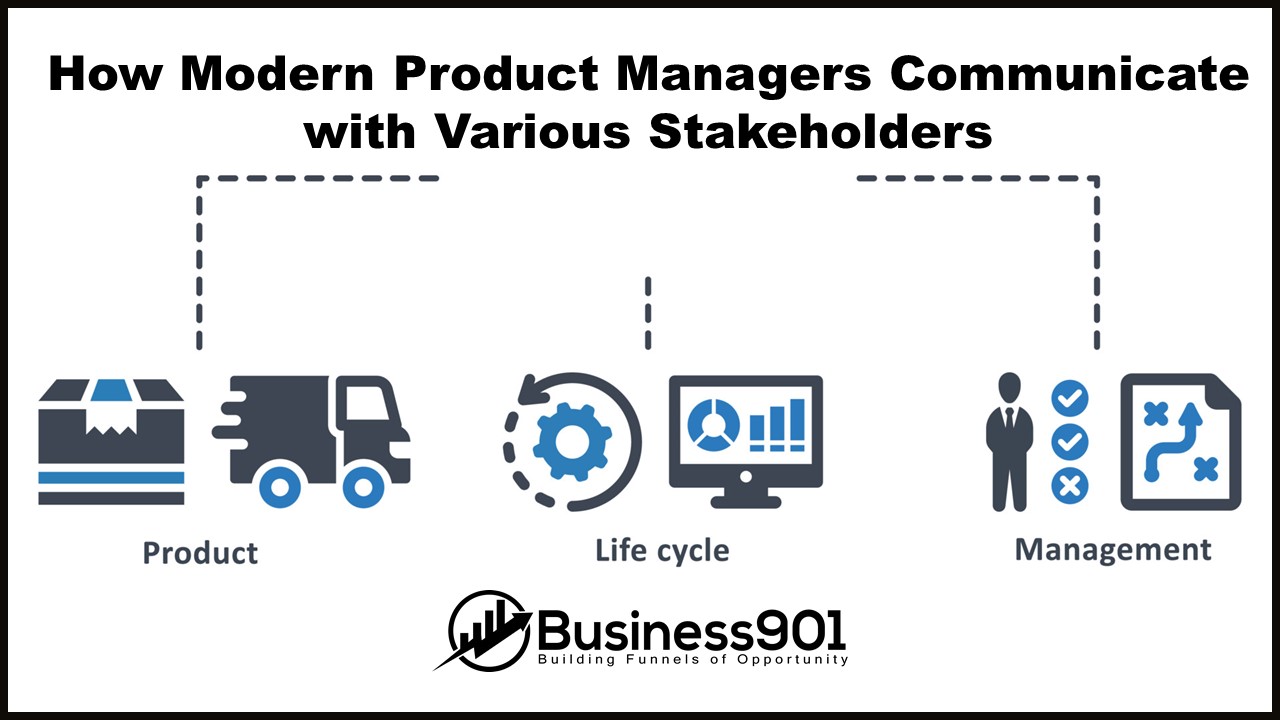Nowadays, the role of a modern product manager is more complex than ever before. Product managers are now tasked with creating and delivering high-quality products to many stakeholders, from customers to investors. Product managers must be able to communicate and collaborate with each group of stakeholders effectively. This article explores how modern product managers can effectively communicate with various stakeholders to build successful products. We will look at the various communication tools available and how they can be used to ensure stakeholders are kept informed and engaged throughout the product lifecycle. We will also discuss the importance of effective communication in product management and how it can create an environment of trust and collaboration between all stakeholders involved. Finally, we will examine how effective communication can help product managers achieve their goals and create high-quality products.
Developing relationships with stakeholders: One of the most important tasks of any product manager is developing relationships with all their stakeholders. Stakeholders include customers, vendors, investors, and other key people involved in the product’s success. Product managers must communicate with stakeholders to inform them of the product’s progress, gain their insights and feedback, and ensure they are on board with decisions. Communication with stakeholders should be frequent and open, including face-to-face meetings, emails, and phone calls. Product managers should also take the time to understand the stakeholders’ needs so that they can better meet them. This is key to making sure that the product is a success.
Understanding stakeholder objectives: The second step in effective communication with stakeholders is understanding their objectives. Product managers should take the time to research and understand each stakeholder’s goals and objectives. This helps product managers create strategies to address their needs and expectations effectively. It will also help product managers negotiate terms and conditions to ensure that both parties are satisfied. By taking the time to understand each stakeholder’s objectives, product managers can create greater clarity and gain a more comprehensive understanding of their needs and expectations.
Identifying communication channels: As a modern product manager, one of the most important pieces of the puzzle is identifying the best communication channels for each stakeholder. This is important for listening to stakeholders’ needs and providing them with product updates and news. For example, a product manager might communicate with customers through a company blog, while they might communicate with the development team through a chat app. Different channels will be best suited for different stakeholders, and it’s important to identify the right channels to use. Additionally, it’s important to ensure that the right messages are being communicated through the right channels.
Utilizing effective communication tools: Effective communication with stakeholders is one of the most important aspects of modern product management. Product managers must communicate clearly and concisely with other team members, customers, and investors. Various communication tools are available to help product managers communicate more effectively with their stakeholders. These include video conferencing, chat tools, project management software, and task management tools. By utilizing these tools, product managers can ensure that all stakeholders are on the same page and that everyone is aware of the project’s progress.
Creating a shared understanding: Many modern product managers understand the importance of creating a shared understanding between all stakeholders. This is especially true when working in a cross-functional environment. It’s important to create a shared understanding of the product’s goals, how those goals will be achieved, who is responsible for what, and how progress will be communicated. Without this understanding, it’s easy for issues to arise that put the product at risk. Product managers should take the time to ensure all stakeholders understand the same goals and expectations. This can be done through one-on-one conversations, workshops, and presentations.
Establishing trust and respect: As modern product managers, we need to create an environment of trust and respect if we are going to be successful in working with various stakeholders. This means being honest and open with stakeholders and showing that we value their opinions and ideas. We should be willing to listen to feedback, even if it differs from our own, and find ways to incorporate it into our plans. We should also be open to constructive criticism, which can help us grow and improve our products. By establishing trust and respect, we can create an atmosphere of collaboration that will help us achieve our goals.
Assessing stakeholder needs: Assessing stakeholder needs is essential for product managers to communicate with stakeholders effectively. This involves understanding each stakeholder’s needs and the value they bring to the project. It also involves understanding each stakeholder’s dependencies on the project, their interests, and the risks they are willing to take. This helps product managers create tailored strategies to meet their needs and build trust with each stakeholder. This also allows product managers to ensure that the right decisions regarding the product are being made.
Gathering feedback from stakeholders: Gathering feedback from stakeholders is an important part of product management. It helps product managers understand the needs and wants of stakeholders and ensure that their product meets those needs. Gathering feedback from stakeholders can be done in various ways, but surveys, interviews, or focus groups are the most common. Communicating the feedback results to other stakeholders is important so everyone is on the same page. Additionally, it’s important to regularly check in with stakeholders to ensure that the product is still meeting their needs as it evolves.
To sum up, modern product managers must be able to communicate effectively with various stakeholders to succeed. They must develop relationships, build trust, and collaborate with other departments to ensure the product is successful. Product managers should also be mindful of the various communication methods available and how to use them to their advantage. By leveraging the right communication strategies, product managers can ensure that the product is well-received and successful.

